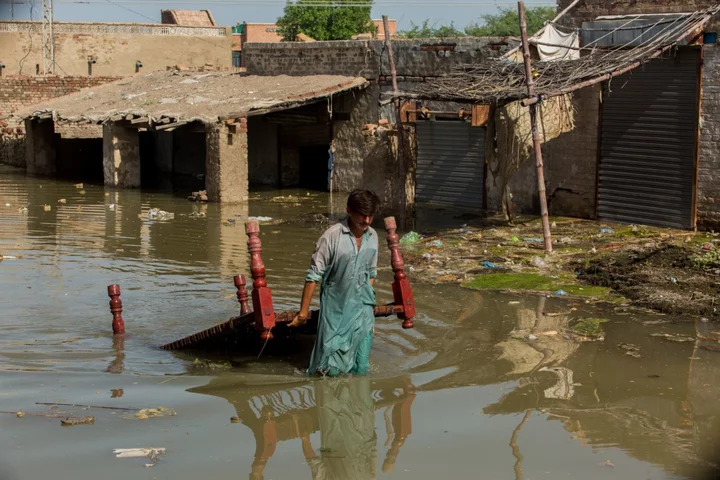The UN Environment Programme recently published its annual Adaptation Gap Report, examining how much funding the world’s developing countries will need to withstand the impacts of climate change. The report provides a complex but constructive understanding of the investment required, beginning with the striking shortfall today. According to UNEP, “ Adaptation finance needs are 10 to 18 times as great as current international public adaptation finance flows — at least 50% higher than previously estimated.”
There is not one assessment of the investment required for adaptation; in fact, there are two, and they have significantly different dollar figures. The first is the “modelled” cost of adaptation, which is based on an “analysis of the adaptation needed to reduce incremental climate risks, relative to a reference period, without consideration of how this is financed.” UNEP gives this cost investment requirement as $215 billion dollars per year this decade.
The second is the “country adaptation finance needs,” which refer to the “financial resources required by countries from international and domestic sources” to implement national adaptation plans. This assessment reflects countries’ own assessment of what adaptation programs might cost, as well as the specific adaptation needs that countries have identified. UNEP says this figure is nearly double the modeled cost, at $387 billion per year this decade.
Read More: Venture Capital's Biggest Climate-Tech Blind Spot Is Adaptation
Digging into the numbers, the biggest distinction between modeled costs and finance needs is on a regional basis. The modeled costs of adapting Latin America and the Caribbean to climate change is almost twice the amount countries in that region say they need. On the other side, South Asian countries report they need more than double what modeled costs show.
Both modeled costs and finance needs indicate East Asia will require the most, or around 40%, of all adaptation investment dollars between 2020 and 2030. Yet, this varies greatly from the adaptation finance flows today; sub-Saharan Africa currently receives the largest share (roughly 30%) of this investment.
UNEP’s adaptation gap report makes two other key points for adaptation finance between now and 2030.
The first is about relative adaptation finance needs by country income level. As the report notes, upper and lower middle-income countries have the highest “absolute costs” for adaptation.
However, richer countries’ adaptation investment requirements are relatively low when viewed as a share of their absolute income levels —only 0.7% of gross domestic product for lower-middle income and 0.5% of GDP for upper-middle income countries. Low-income countries, despite their absolutely smaller needs, have a much higher adaptation investment burden as a percentage of GDP at 3.5%. That makes international support for such efforts all the more important.
The second point is adaptation investment is not just needed immediately; it will be required continuously for the foreseeable future. Even if we do reach net zero greenhouse gas emissions by 2050, the impacts of still-high atmospheric carbon-dioxide levels will be with us for decades. That means we need to be prepared to invest not just in the adaptation requirements that are evident today, but also those that we will discover in coming years.
As the impacts of climate change worsen, adapting will not be optional; and funding adaptation won’t be, either.

